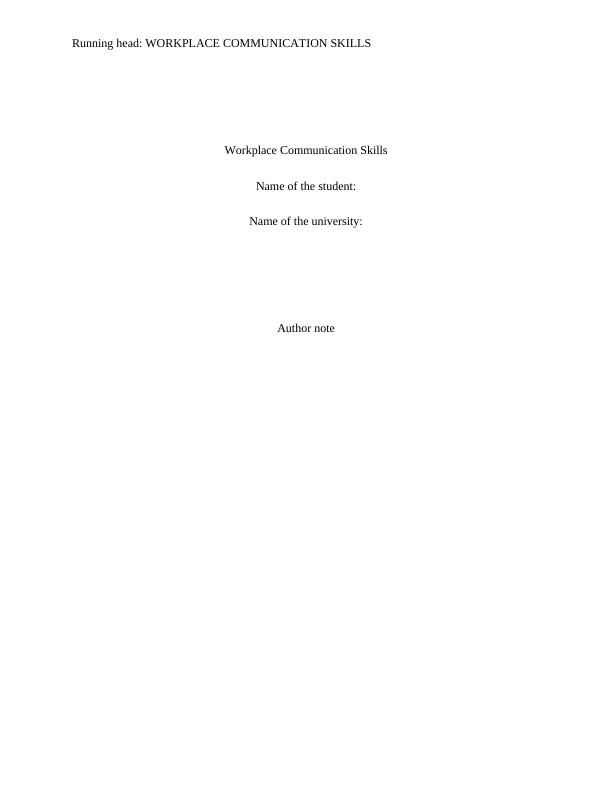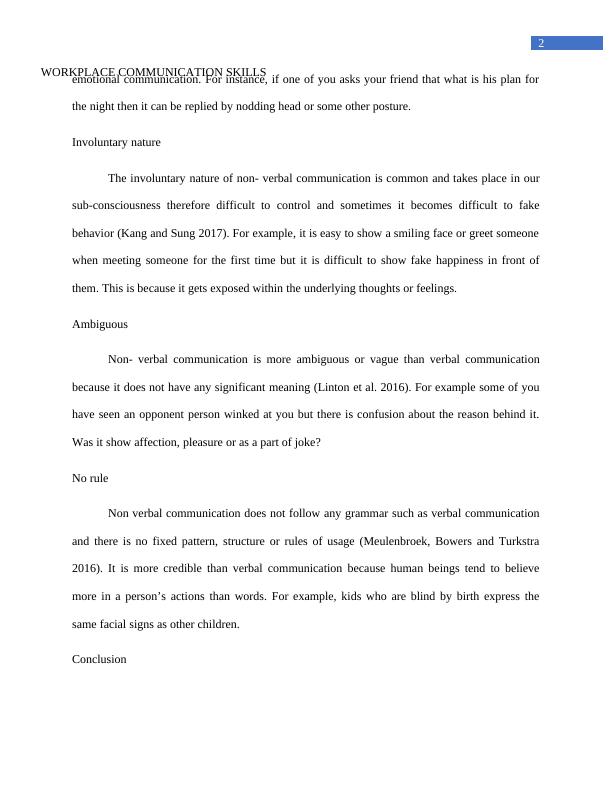(PDF) Communication Skill for Workplace Success
10 Pages1449 Words171 Views
Added on 2021-04-24
(PDF) Communication Skill for Workplace Success
Added on 2021-04-24
ShareRelated Documents
End of preview
Want to access all the pages? Upload your documents or become a member.
Analysis of Non-Verbal Communication
|6
|504
|346
Professional Communication Practice
|8
|2046
|149
Communication Skills For Business
|16
|1094
|27
Interpersonal Communication Skill of Feedback | Report
|4
|436
|26
Effective Communication in Health and Social Care
|20
|2602
|124
Effective Communication in Health and Social Care
|13
|3291
|202



